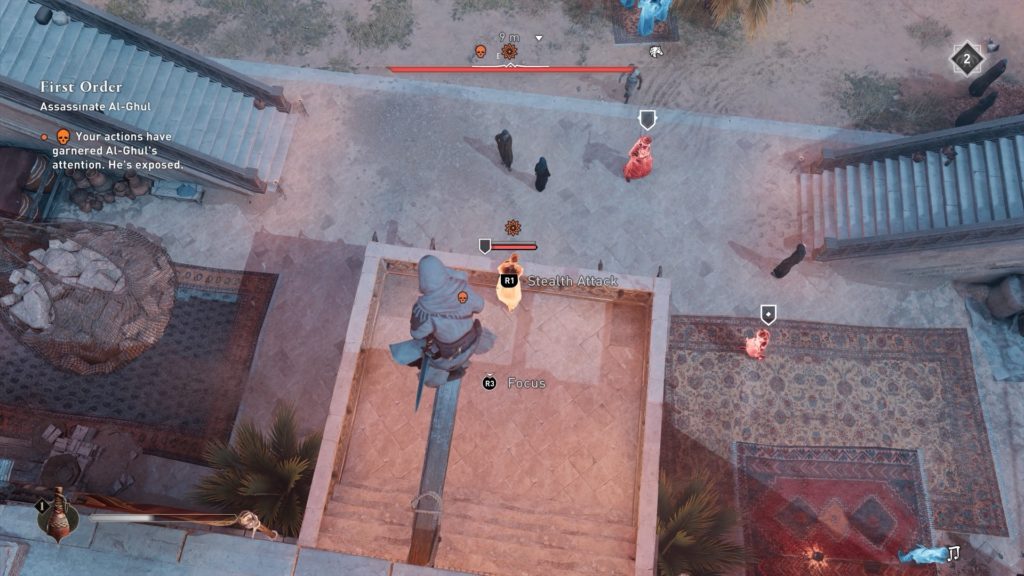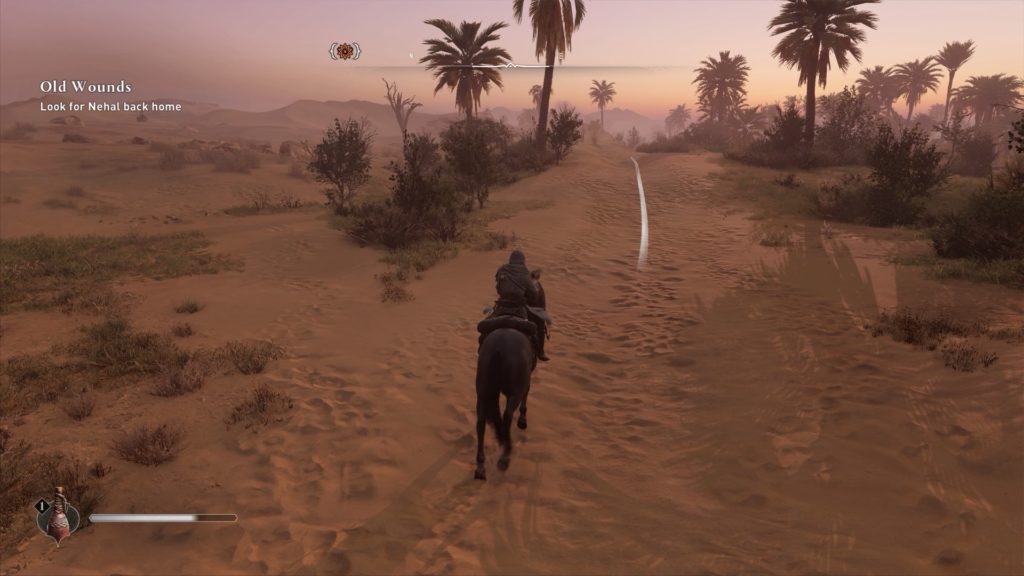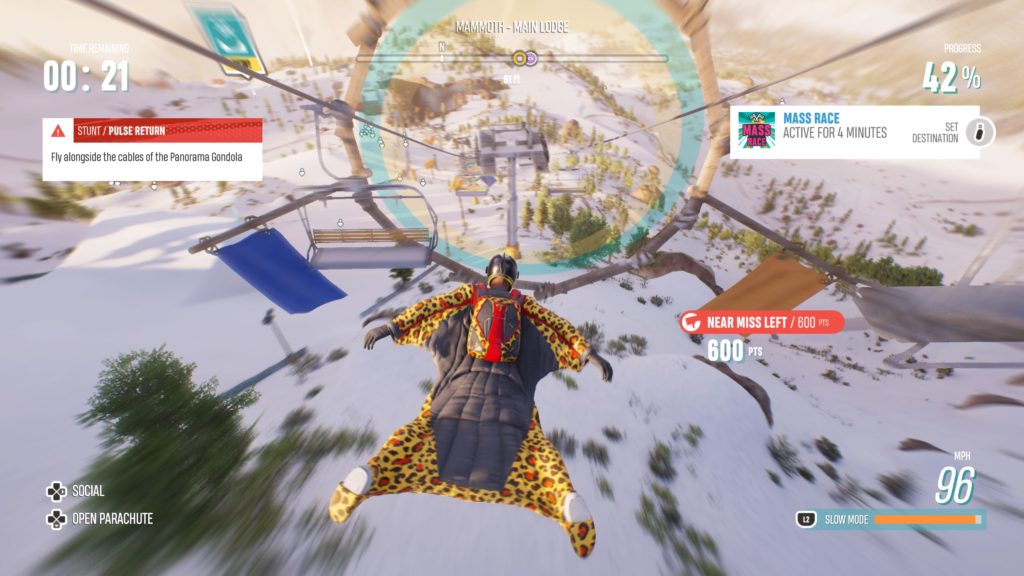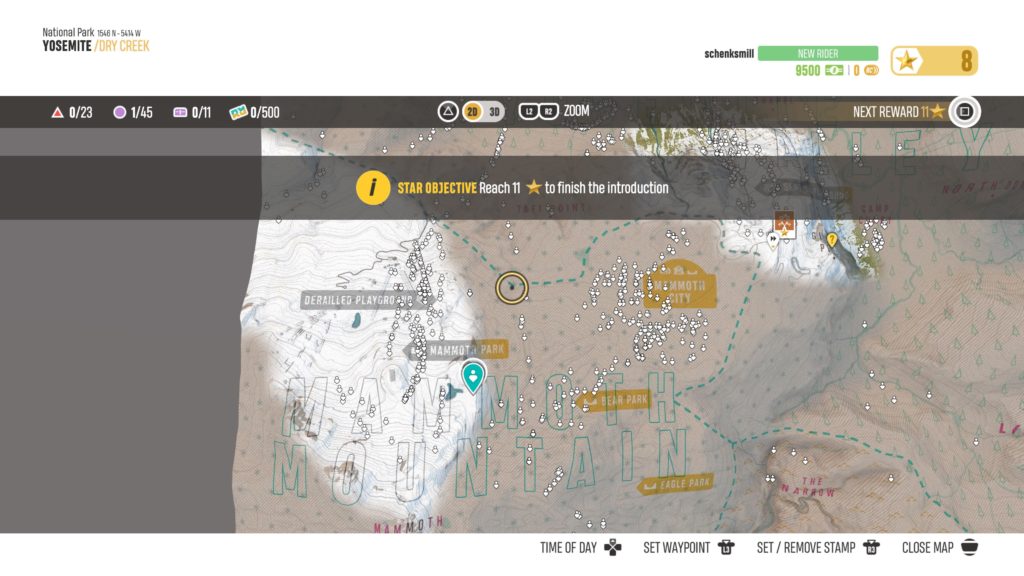- Genre: Metroidvania
- Platform: PS5
- Also Available On: PS4, Xbox One, Xbox Series, Switch, PC, Luna
I wanted to say that this game was a huge surprise but given the fact that this was made by the studio behind the fantastic Rayman games of the last decade, I probably shouldn’t be surprised. This is a game that just nails so much of what make Metroidvanias something that I go after. It combines a great sense of that side of the platformer genre and mixes in some really gratifying melee combat to make an experience absolutely worth playing.
For me it was the little things that it did right that make this such a memorable thing as a Metroidvania.
On the traversal front it doesn’t simply have retraversal like most games in the genre. What it often instead does is have a little puzzle/platforming loop that ends with a door opening a shortcut for later use. It’s a level beyond the usual changes brought about by gaining new powers that I really found interesting. It made core paths and side paths really obvious and allowed me to focus on filling out the map in areas along the core path, with the knowledge that I very likely had completed an entire section of the map when it ended in a loop. These areas were also very well marked on the map, where the end of these loops were generally marked by a one-way door. It gets rid of the sort of missile door typical of Metroid games and makes it obvious that you will just unlock this area when you’re done and be good to go.
Speaking of the map, the game is both a little less automatic but also incredibly more flexible than recent Metroid titles that I’ve played. This game doesn’t really automatically place much in the way of iconography when traversing new areas. Yes, it will unveil the areas you walk through but beyond one-way doors you’re kind of on your own for placing icons. What it does have is a particularly good tool for doing so. Beyond manual placement of various icon types – which is greatly appreciated – it has a very specific thing you unlock early that lets you add screenshots to the map. These are hugely important to retraversal. See some weird looking area you can’t get into? Add a screenshot. Chest out of reach with your current set of tools? Add a screenshot. Suspicious door? Add a screenshot. What you end up doing is scattering the map with these things and as you come back later for various reasons, you can get a very obvious visual representation of your own past with the areas and be reminded of the specific thing you wanted to check later. It’s such a nice built-in note taking aspect that feels very natural in the genre.
The other thing I found really good was how well the traversal moves actually integrated into combat, keeping flow between the two really natural. For example, one of the early moves you get is a horizontal teleport. This has obvious uses to clear large gaps in traversal. However, they also start having you face enemies and bosses that encourage using the teleport as a dodge mechanic to get behind and break protections. A later upgrade is effectively a grapple hook, which is useful for grabbing onto spots in the world but is also useful for pulling enemies to you/pulling yourself to enemies at range. This is pretty universal for all mechanics. If it can be used for combat it likely has a traversal use and in practice it means you are constantly reinforcing mechanics at all times, allowing for the player to naturally fall in and out of combat in an engaging way.
However, the thing about combat that surprised me is that the game got significantly easier as the game went on. To some obvious extent this is the natural state of the power curve. You get more powers and more tools in your tool box, and things will get easier. However, to me it felt like the mechanics of enemies didn’t get more complex at the same rate as I was upgrading. Sure, I was gaining things like heals on parry that helped me out, but the bosses weren’t throwing out crazy amounts of new stuff causing me damage. Yes, I was gaining more effective dodging mechanics, but the bosses weren’t necessarily causing me to dodge more often. What it meant was that as the game was getting marginally harder I was getting significantly more powerful, and the most difficult bosses were really the ones near the start of the game when I didn’t have the tools to compete as well against the mechanics. By the end of the game I was having little difficulty, even accounting for the fact that I was getting naturally better as time went on.
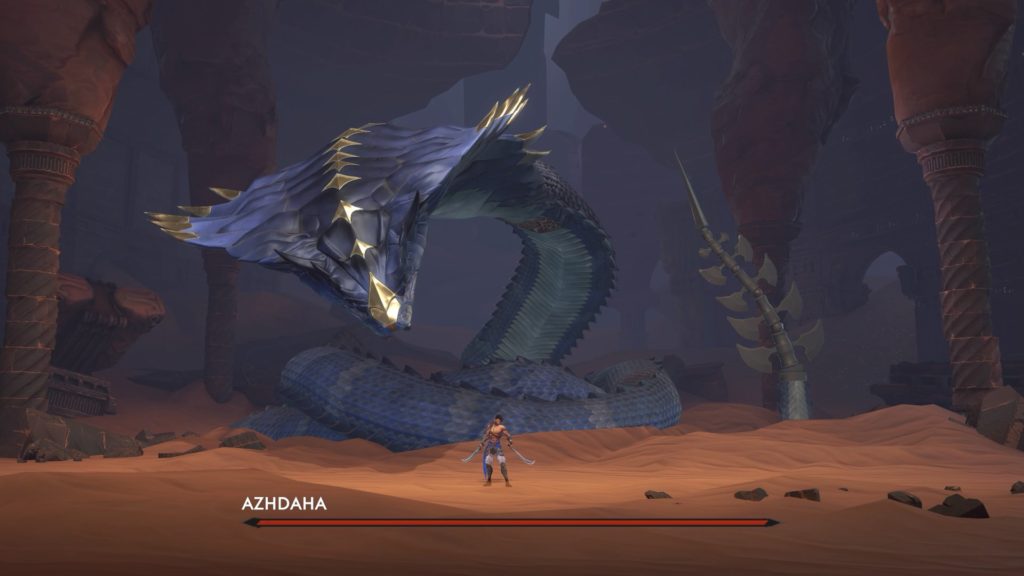
I do want to also shout out the flexibility of options here, which admittedly does lead to the game potentially being easier. Early on I noticed that I was missing a lot of what I thought were parries that I was timing correctly. It didn’t really feel like I was missing them, so much as the game was eating my parry inputs – kind of a weird battle against inherent input and screen latency. I dug into the difficulty options and noticed that I could adjust the parry window independent of all other difficulty options. A little bit of extra flexibility here completely solved the problem for me. I didn’t necessarily want an “easier” experience, but one that matched my expectation of timing with what was happening on screen and I was able to fix the specific thing that was causing me issues. That level of granularity is something I really love to see in place because it lets the user tailor the experience to the specifics of both their play style and their play setup without needing to just globally make the game easy.
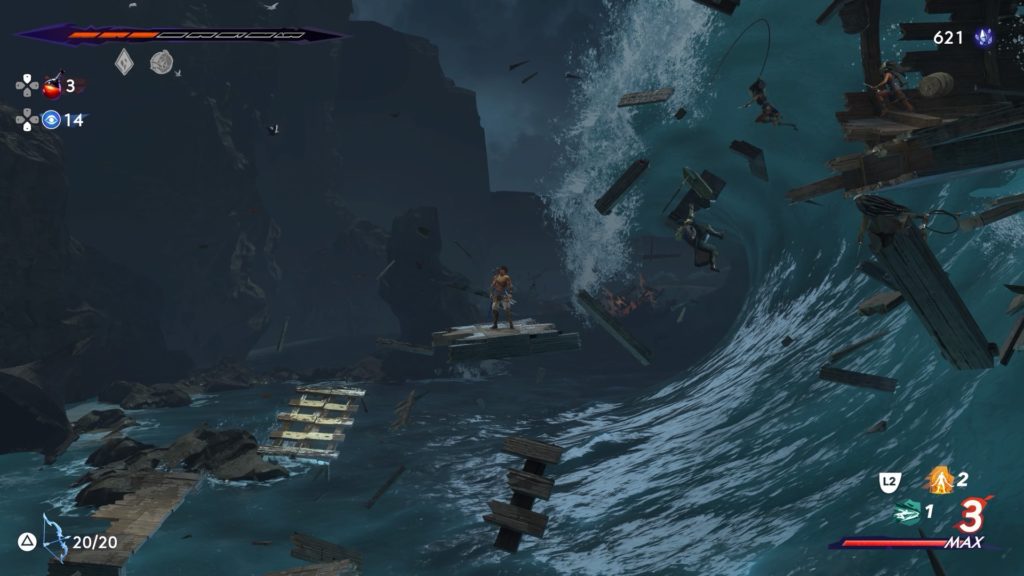
I’m pretty happy that this is the game that brought the Prince of Persia series back, rather than the seemingly doomed Sands of Time remake. I don’t necessarily have an issue with the 3D entries in the series, but this feels so much more like the natural extension of the original games. It expands upon the open platforming of the original and goes with a very good modern combat layer on top of it to end up in a place where the series now feels pulled into the modern day, without really sacrificing the original vision.


